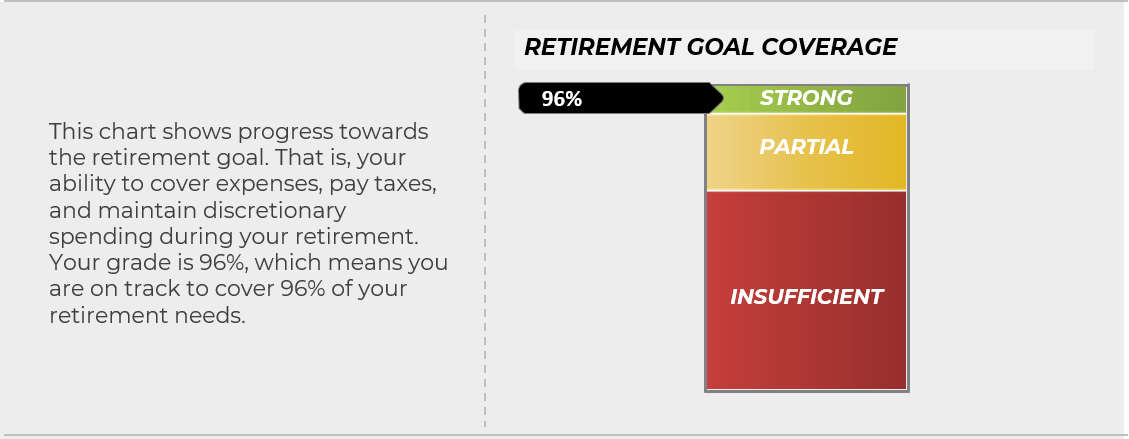The simple budgeting method that gives you the freedom and flexibility to save and spend while making sure you don’t blow your budget!
Unless you live an incredibly boring and predictable life, chances are your spending will vary every week. Moreso when you compare it month over month. (e.g. December vs. January will be VERY different)
Budgeting is about finding a method that works for you – everyone lives and spends differently so it’s important that you adapt a money plan that you feel good about and doesn’t get you resenting your life.
The “Freedom within a Budget” (FWB) plan is a method that is less stringent compared to a budget where you’re allocating money to every single category that is available to man. The idea behind FWB is simply:
- Making sure your fixed expenses (e.g. mortgage/rent, utilities, car insurance, etc.) are paid
- Making sure you pay yourself (e.g. savings, investments, debt-repayment, money for your goals)
- Then allocating the rest towards your variable spending – these are the items that differ everyday and every week
To plan out your “Freedom within a Budget”, follow these steps using the worksheets you can download for free:
Step 1.
Write down your after-tax income. If your income fluctuates (like mine because I am a solopreneur and my income depends on the revenue I generate myself), then write down the lowest amount you generally receive.
Step 2.
Write down your total debt payment, including your mortgage, spousal, child support payments, or any other debts you owe. If you’re looking to make extra debt payments, note down the minimum payments in this section first. You’ll be able to see how much extra debt payments you can make after you allocate your fixed expenses.
Step 3.
Write down your fixed, recurring monthly expenses, like your utilities, cell phone, car payments, etc.
Dealing with Non-Monthly Recurring Expenses.
Now for items that come due twice a year or on a quarterly basis, if the payment is significant enough, you should take this amount out every month and set it aside in another account.
For example, my car insurance payment is due twice a year – May and November. Each payment is $740. That’s a pretty hefty one-time payment, so I make sure I take out $124 each month ($740/12 = $124).
Step 4.
Tally up your totally fixed payments (B) + (C).
Step 5.
Take your Total monthly after-tax income box (A) and subtract your total fixed payments (D). So (A) – (D), and you will get the amount that’s available for your financial goals and personal spending.
What are financial goals?
Financial goals are the things that require spending and saving sometime in the future, whether it’s in the near-term or long-term. These can be items that would make you financially better off such as being debt-free from your credit cards or student loans or saving for your emergency fund. Or, they can be your dreamy items such as a big trip, a house purchase, retirement, kid’s education, etc.
Whatever they are, you will need to calculate how much it’s going to cost you, and when you want them, so you can start allocating money towards these goals.

Step 6.
Allocate money towards your financial goals and savings. This is where you pay yourself. You may have to re-visit this step as you find the balance between saving and Step Seven – your variable spending. You want to make sure you are paying yourself but at the same time, not being overly ambitious with your goals that you end up resenting your life because you leave yourself nothing to have fun with on a day-to-day basis.
Step 7.
What is left for your variable spending? These are the expenditures that differ on a week-to-week basis, especially when comparing the time of the year. For example, your spending in July would likely be different compared to January. You might be out more often in July because it’s summer and want to be out and about, compared to the frigid winters where all you want to do is stay in and watch Netflix.
The beauty about this system is you get to choose how you want to spend your money. All it takes is a bit of planning upfront and prioritizing your needs and wants. Have that avocado toast. Have that latte you’ve been craving. All while knowing you have set aside money for your savings and goals already. Just don’t go over this “spendable” amount you’ve set for yourself. If you find you are constantly going over, then re-visit Step Six to see if you’re being too aggressive with your savings and goals.
